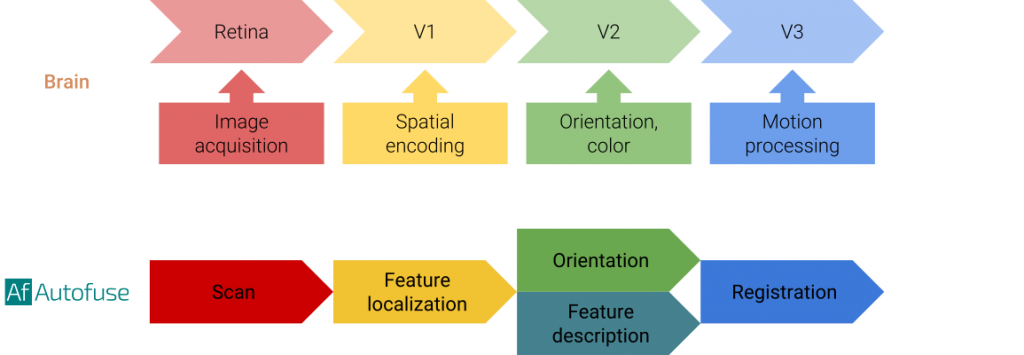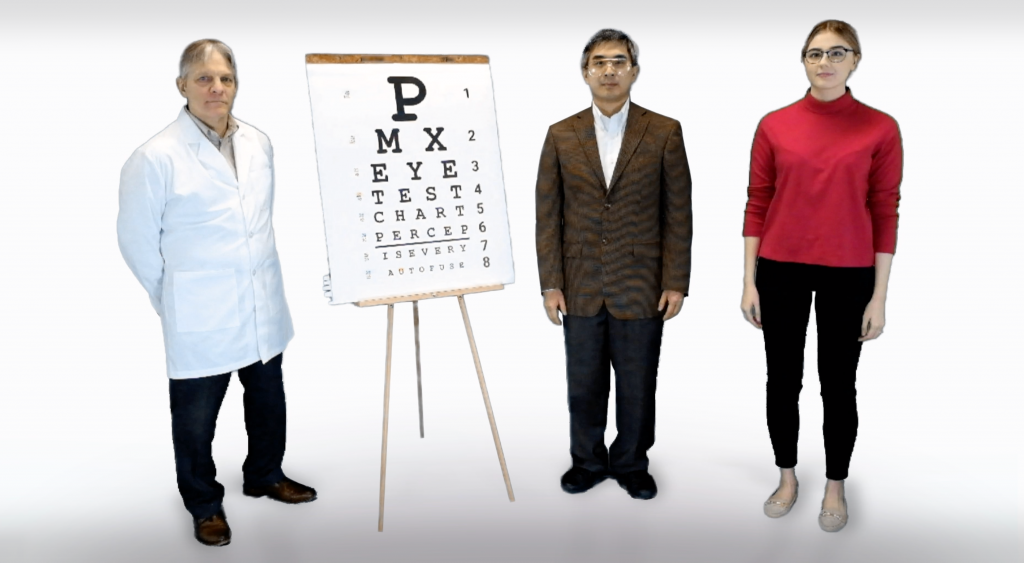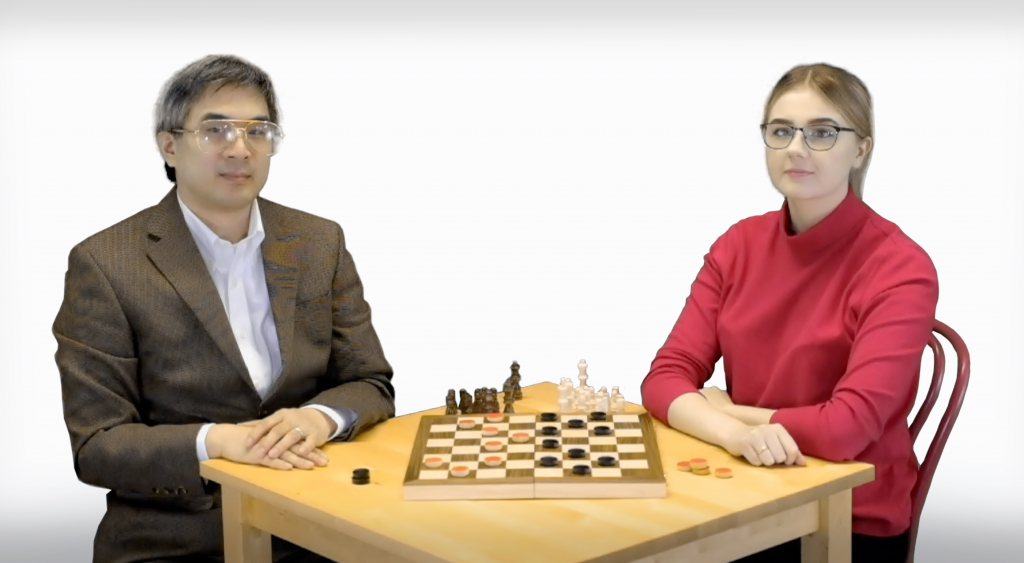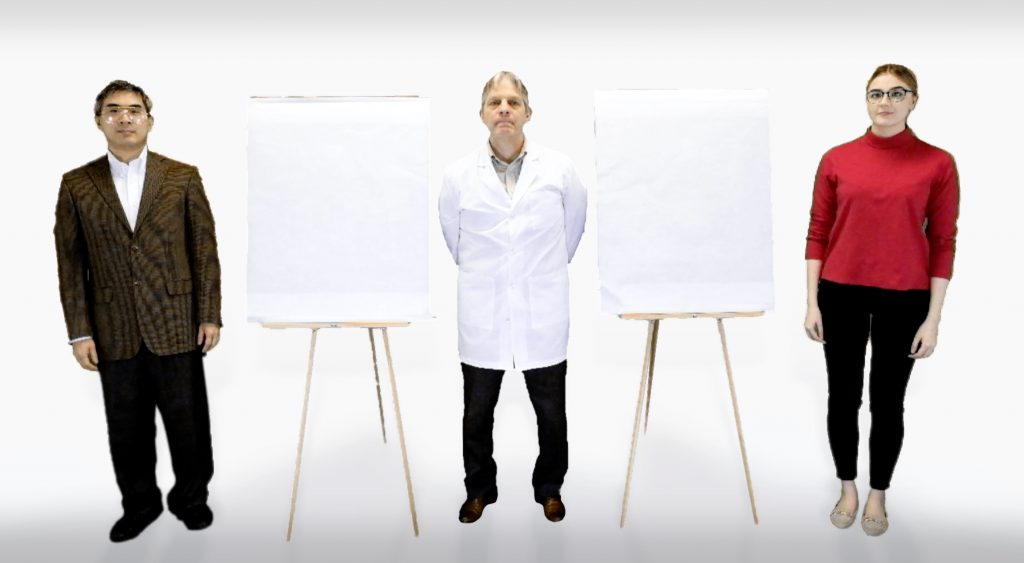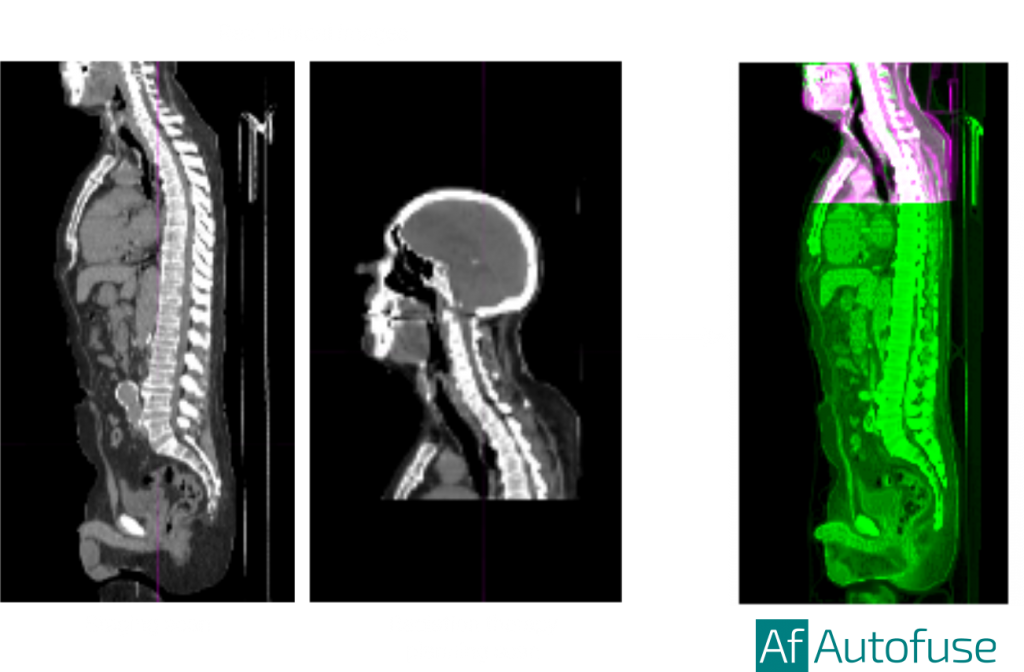![]()
Autofuse is the first and only fully automatic 3D deformable image registration (DIR) software.
Built from the ground up, Autofuse is a quick, powerful, and reliable image correlation and data fusion tool for radiation planning, challenging the status quo of image registration software.
What Makes Autofuse Different?
Machine perception: It’s not deep learning. It’s better.
Deep learning may be the shiny object currently getting all the attention, but it isn’t necessarily the right tool for everything.
Inspired by Apple’s “Get a Mac” campaign, our 4-episode video series personifies Deep Learning and Machine Perception to unveil the somewhat comically flawed aspects of deep learning technology.
Outperforms other technology
In challenging clinical cases like the example below, Autofuse generates superior results, even without the advantage of initial manual rigid registration. Through advanced internal consistency checks, Autofuse uniquely recognizes the presence or absence of image contents, ensuring high confidence results without any user input or guidance.

Visibly better
In addition to quantitatively superior benchmarks, Autofuse’s robustness translates into visibly better registration results. In a blinded 3-way comparison, Autofuse was judged superior in 75% of cases by the majority of radiation oncologists at a major university medical center.
Quantitatively superior
Autofuse has computationally efficient global feature search, eliminating the need for initial rigid registration and making it immune to differences in orientation, translation, and variations in intensity with 99.999% probability. Autofuse shows significantly lower displacement errors (p < 0.00001) in a comparison against leading competitors using 4DCT datasets.
>99.999% probability
Autofuse works with overwhelming probability. Only 3 correct matches are needed to obtain a rigid registration. According to binomial statistics, the chance of Autofuse getting at least 3 matches is 99.999%, even under the most adverse conditions. Autofuse can achieve good deformable registrations in the general case, not specific scenarios, with very high probabilities.
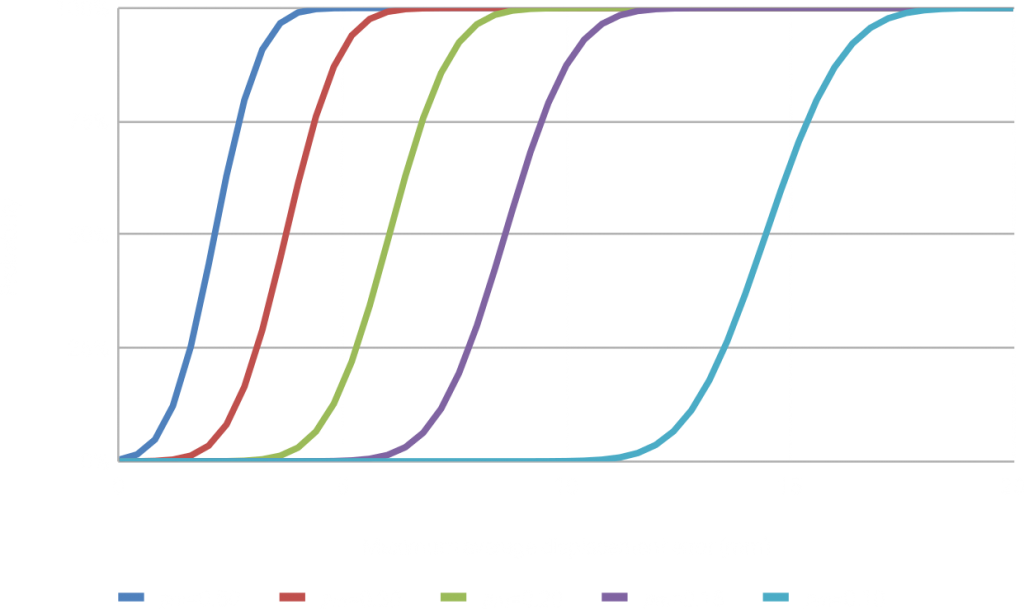
Automatic tuning, patient-specific QA
Because Autofuse uses discrete features, it can estimate confidence in the registration result, even without knowledge of the ground truth. Autofuse uses this information to automatically tune its hybrid algorithm for the registration case at hand to achieve unprecedented robustness. In the near future, Autofuse will produce a full spatial confidence maps for patient-specific QA.
Transparent. Nothing to hide
The Autofuse interface is designed to provide users a transparent look at the DIR process. See the entire process of feature detection, matching, elimination of errors, and the final DIR result, in real time, from beginning to end.
Streamline workflow. Increase productivity
Eliminating the need for manual intervention, Autofuse improves accuracy, consistency, and saves time — increasing the efficiency and throughput of your practice. Autofuse is estimated to reduce deformable registration time by 50%, and even more for difficult cases, leading to an increase in overall productivity of 10%.
For physicians, dosimetrists, and physicists
Doctors, with improved visualization and clinical confidence, can better tailor their treatments, potentially reducing treatment toxicity. For patients, the enhanced ability to fuse data from diagnostic scans can mean eliminating unnecessarily repeated scans, reducing radiation exposure from imaging, and saving time.
Machine perception as the foundation for machine learning
Deformable image registration has long been viewed as a mathematically intractable problem, yet humans perform this task with ease. Currently available methods rely upon a local region search for correspondences, severely limiting the robustness of the result and usefulness to a handful of specific scenarios. Despite the rapid development and adoption of neural network-based machine learning approaches for other domains, progress has been slow in automating this labor-intensive task because of difficulty ensuring a reasonable starting spatial correspondence.
Taking vision into the 3rd dimension
Decades of neuroscience research have shown that the visual cortex of the brain abstracts and reduces visual data for higher processing. Autofuse piggybacks on this very successful architecture, mimicking the human visual pathway, and extends the concepts from 2D vision into 3D in order to focus computing effort on the areas of the image that matter. This make some tasks, such as global image search, which is generally considered intractable, not just a possibility, but something computationally efficient.
